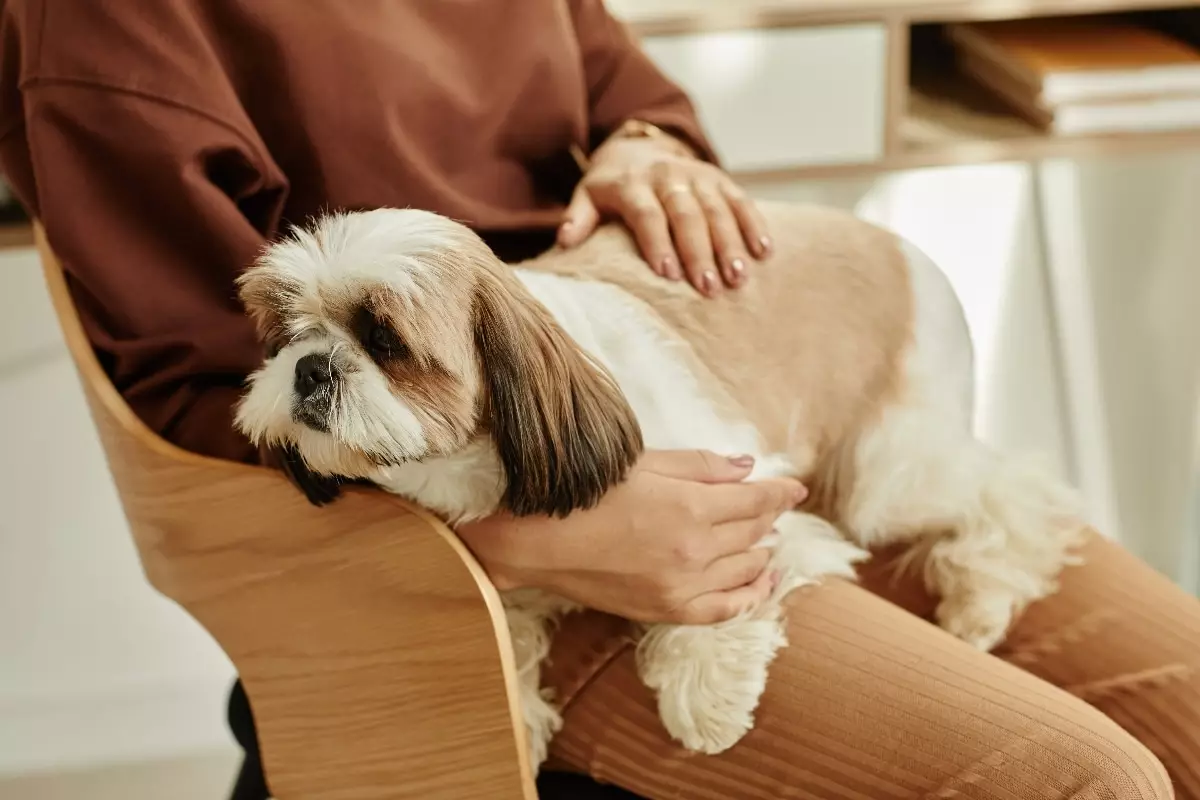In a world increasingly dominated by fleeting interactions and digital distractions, few things remain as universally comforting as the presence of a loyal canine beside us. Among dogs, a special breed of companions is distinguished by their unwavering desire to snuggle onto a human’s lap—a gesture that transcends mere comfort, embodying profound trust and emotional intimacy. These lap dogs exemplify an intrinsic human-animal bond rooted in affection, security, and mutual dependence. They reaffirm that true companionship isn’t measured by size or pedigree alone, but by the depth of connection, a lesson these tiny creatures teach with every curl and snuggle.
Their unwavering affinity for lap sitting reflects a desire for closeness that runs deep. For these dogs, a lap is more than a resting spot; it’s a sanctuary where they feel safe and loved. It’s an extension of their social and emotional needs, demonstrating that happiness for a lap dog is in the warmth and attention of their favorite humans. By choosing a lap over a solitary dog bed, these pets communicate a craving for connection—an unspoken plea for reassurance and bond-building moments that make life more meaningful.
The Breed Spectrum: Diverse Personalities, Unified Need for Affection
Despite their differences in size, coat, and temperament, the lap-beloved breeds share an essential trait: an insatiable craving for human closeness. The Cavalier King Charles Spaniel is often seen as the quintessential lap dog. With their gentle, calm demeanor and affectionate nature, they effortlessly transform any lap into a throne of companionship. Their sensitivity to human emotions makes them not only adorable but also empathetic friends that magnify our feelings of being cared for.
Tiny yet tenacious, Chihuahuas have long proven that size doesn’t dictate the desire for intimacy. Their small frames are matched only by their big hearts, and they are known to burrow under blankets or nestle against their owners as if shielding themselves from the world’s chaos. Despite their feistiness, they embody devoted loyalty, making them ideal confidants for those seeking warmth and unwavering companionship.
Pugs, with their distinct facial expressions and endearing personalities, excel as cuddle enthusiasts. Their stocky build paired with an undeniably affectionate nature makes any lap the perfect spot for lounging. The same applies to Bichon Frises and Maltese dogs, who, despite their playful or delicate appearances, seek out human proximity as a fundamental part of their lives. These breeds emphasize that love isn’t reserved for the big or mighty; it lives comfortably in the soft comfort of a lap.
Then there are breeds like Yorkshire Terriers and French Bulldogs, champions of lap loyalty in their own right. Yorkies, with their silky coats and tiny frames, showcase that even the most spirited dogs crave solidity and closeness. French Bulldogs, often misunderstood due to their muscular build, are softies in heart—preferring human contact over solitude, thriving on the warmth of a lap and the gentle rhythm of companionship.
Strikingly, breeds like Italian Greyhounds and Pomeranians demonstrate that elegance and bold personalities can coexist with an intense need for closeness. The Greyhound’s sleek figure belies its love for curling up and feeling secure, often seeking lap warmth as an extension of their gentle nature. Conversely, Pomeranians burst with vibrant energy, often launching themselves into laps with unbridled enthusiasm, demanding attention and care.
Why Laps Are More Than Just a Comfort Zone
For many of these breeds, choosing a lap signifies more than comfort—it signifies a choice to be emotionally vulnerable and trusting. The act of settling onto a human’s lap is a gift of surrender and faith, a statement of love that transcends words. In today’s fast-paced society, such gestures nourish not only the dog’s emotional health but also serve as a potent reminder of the importance of genuine human-animal bonds.
Laps symbolize a mutual exchange—dogs give their unwavering trust and affection, while humans provide warmth, security, and a sense of belonging. This dynamic elevates the simple act of sitting on a lap to a sacred ritual, vital for mental well-being. It also fosters emotional resilience, offering comfort during stressful times or simple companionship in daily routines.
Furthermore, choosing a lap dog encourages us to slow down, to cherish moments of quiet intimacy amid the chaos of modern life. These seemingly small gestures have profound impacts: reducing stress, increasing feelings of happiness, and forging a bond that is both deeply personal and mutually fulfilling. The lap becomes a vessel for love, trust, and the unspoken language of loyalty, demonstrating that the greatest bonds often come in the smallest packages.
Lessons from Lap Dogs: Loyalty and Living in the Present
Ultimately, lap dogs teach us that true companionship isn’t about grand gestures or social status; it’s about unwavering loyalty and the capacity to be present in every moment. Their preference for laps is a reflection of a personality that values closeness and emotional security over independence and aloofness.
They challenge our perception of strength and independence, revealing that vulnerability and trust yield the most rewarding relationships. In an era that often encourages emotional restraint, lap dogs show us that openness and affection enrich our lives profoundly. Their simple act of sitting on a lap may seem small, but it carries immense significance—an act of love that can transform mere cohabitation into a lifelong friendship rooted in trust and shared warmth.
These tiny, furry beings remind us that sometimes, the greatest act of love is simply choosing to be close, offering warmth and unwavering loyalty without condition. They embody the very essence of companionship—selfless, loving, and perfectly content in the present, teaching us to cherish the moments we share. Every time a lap dog snuggles close, we’re reminded that love, in its purest form, is about closeness, trust, and the simple joy of being together.

